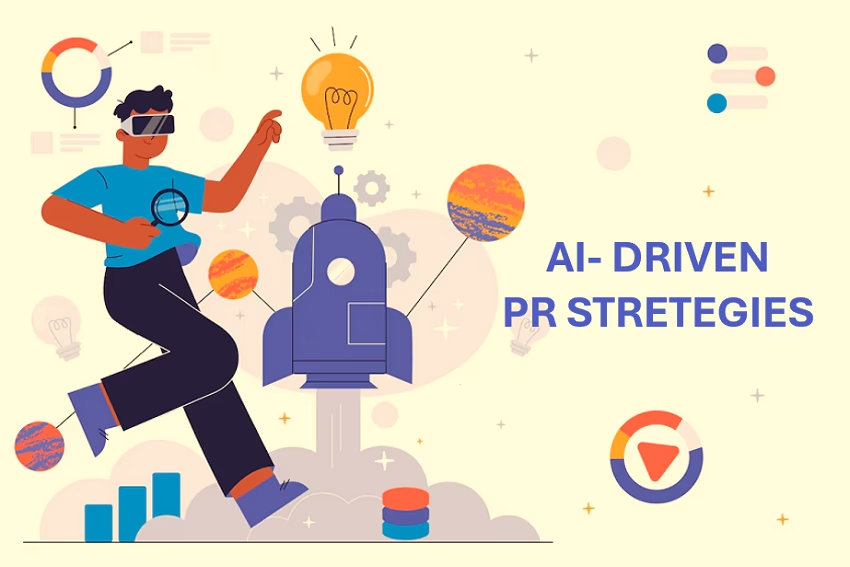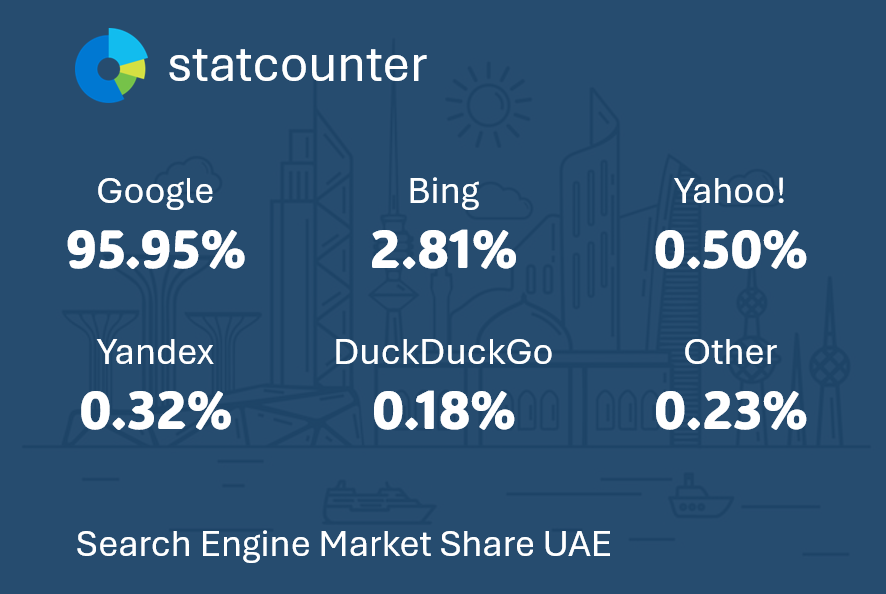Marketing and finance don’t always speak the same language. One is focused on creativity, engagement, and brand visibility. The other is focused on numbers, margins, and returns. But when it comes to LinkedIn Ads—especially in the B2B space—there’s a clear case to be made that’s grounded in data CFOs can appreciate.

Whether you’re approving next quarter’s budget or evaluating past performance, understanding how LinkedIn Ads work—and where their value lies—can help ensure smarter investments across the board.
The Strategic Importance of LinkedIn Ads
LinkedIn is a business-oriented site, which offers many features that are very helpful in business marketing. For this reason, it allows targeting professionals through their job title, industry of operations, size, and even roles in their organizations. LinkedIn Ads will play an extremely important role in increasing the visibility of your marketing campaigns and thus your lead generation and sales.
Understanding LinkedIn’s Unique Audience
Unlike most other social media, LinkedIn’s target audience is people who actively work and carefully build their professional careers and companies’ development strategies. This means that deploying marketing in such a network is a favorable strategy, especially in business-to-business marketing. LinkedIn is a platform that directly targets followers and key buyers who influence organizational decision-making. This can be a good strategy for companies that want to communicate with stakeholders in order to change some of their key activities.
Types of LinkedIn Ads
As previously mentioned, different types of ads are available on LinkedIn depending on the marketing objectives:
- Sponsored Content: These inhabit the LinkedIn feed and are similar to standard posts since they do not have an “advertisement” label. They are useful in advertising articles, videos, or the main web pages.
- InMail: It refers to sending direct messages to members of the LinkedIn platform’s network based on the existing connection of a user with another member. It is particularly useful in the generation and management of leads as it can be segmented according to the target market.
- Text Ads: These ads are arranged horizontally below the main advertisements on the LinkedIn news feed, or as bannered ‘Ads You Might Like’ on the right side of the posts. They are intended to draw interest with fascinating title and lead the user to a particular page.
- Dynamic Ads: It is specific to your company’s product catalog, which can be dynamic and adjusted for the LinkedIn users. For the effective advertising of products, they provide the best ad space for providing information about the products’ features and transforming people into buyers.
- Video Ads: Due to increased usage of videos, it becomes helpful for LinkedIn’s users and can improve the brand-awareness of it. They can be displayed on the feed or as in-stream videos.
- Messenger Ads: These are advertisements that appear in the LinkedIn Messenger so that the business person can communicate with the user within the chat environment.
Things to Know Before Approving Your Marketing Budget
Not All Clicks Are Created Equal
LinkedIn Ads tend to have higher cost-per-click (CPC) rates compared to platforms like Meta or Google Search. It’s a common reason why finance teams initially question the channel.
But that’s not the full story.
What sets LinkedIn apart is the quality of those clicks. You’re not advertising to the general public—you’re reaching professionals by job title, industry, company size, and even seniority. That precision allows marketing teams to focus spend only on the roles that matter most to your business.
In short: it’s not about getting the cheapest traffic. It’s about getting in front of the right people who are more likely to convert and impact revenue.
What the Sales Team Sees (That Finance Might Not)
One of the most overlooked benefits of LinkedIn advertising is how it enhances the performance of your sales team. When leads come in from LinkedIn, they’re often more informed, more qualified, and more likely to engage in serious conversations.
This matters financially.
A shorter sales cycle reduces resource drain. Higher-quality leads improve win rates. And stronger brand awareness through repeated LinkedIn impressions can warm up a cold call before it ever happens.
These downstream effects aren’t always immediately visible in ad reports—but they make a big difference over the long term.
Understanding Time-to-ROI
LinkedIn is not a quick win platform. It thrives in the mid-to-high consideration stages of the buying cycle, which means it’s often less about immediate conversions and more about building long-term revenue potential.
That’s a shift in mindset for CFOs who are used to platforms that deliver fast metrics.
But for B2B businesses with longer cycles, this extended timeline mirrors how customers actually buy. They don’t make decisions after one click. LinkedIn allows you to nurture prospects over weeks or months, staying top of mind until they’re ready to take action.
Getting the Most Out of LinkedIn Spend
Efficient budget use on LinkedIn comes down to strategy. It’s not just about pushing out content—it’s about ad optimization on LinkedIn, which includes testing creative, refining audiences, and aligning campaign objectives with business goals.
For example, spending on brand awareness may not deliver direct leads, but it builds recognition and trust that contribute to pipeline growth. On the flip side, Lead Gen Form ads can capture direct prospects but may need more budget to reach the right people.
Understanding these trade-offs is crucial when reviewing spend and outcomes.
Mixed Channel Strategy
CFOs might ask: Why not just put all our budget into Google, which is intent-based and trackable? It’s a fair question.
But LinkedIn fills a different role. Google captures demand. LinkedIn creates it.
You can use LinkedIn to reach audiences before they go looking, educate them, and position your brand as the go-to solution. Then, when they’re ready to search, your brand is already top-of-mind—and more likely to be clicked on or recommended.
So even if attribution doesn’t always give LinkedIn full credit, its impact across the buyer journey is very real.
Budget Considerations
The process of budgeting for LinkedIn Ads needs to be dealt with properly. Consider the following factors:
- Campaign Objectives: This is a crucial element to have to ensure that the right goals are set right from campaigns whether they are the business awareness, leads or the direct sales. It will help you to set your budget limits and as well the kind of advertisement you wish to air.
- Audience Targeting: The more specific your audience, the more efficient your spend. Thus, LinkedIn will enable targeting of specific customer segments that are more likely to use these services.
- Ad Format and Creatives: When it comes to cost, different formats have different costs as well as the estimated ROI. While it may cost more to use notifications such as Sponsor/Campaign Content and InMail, they can attract considerable attention and high quality of leads.
- Testing and Optimization: It is recommended to invest part of the budget to test different creatives and target the audience to understand what yields better results. It became rather clear that in continuous environment it is essential to constantly look for ways to increase ROI.
- Long-term Strategy: Consider LinkedIn as part of a long-term marketing strategy. First of all, costs associated with campaigns and their analysis must be undertaken for effective and long-term results.
Measuring Success and ROI
Every CFO needs to know Return on Investment (ROI) and this paper will enable you do that. LinkedIn Ads offer more detailed insights into the metrics of the ads aimed at monitoring and evaluating CTR, conversion rates, as well as cost per leads. Here’s how to measure success:
- Key Performance Indicators (KPIs): It helps you measure success for the campaigns. The goals could be revealed, for example, in such KPIs as click-through rate, conversion rate, cost per lead, and the rate of return on advertising spend.
- Track and Analyze: It’s possible to track the result of the advertised posts in real-time by using LinkedIn analytics tools. The client should check data periodically so as to determine some emerging pattern or otherwise that may require his/her attention.
- Adjust Strategies: The approach must be changed depending on the received indicators of performance by fail and success. This may range from swapping out images and texts in ads, modifying target settings or even reallocating funds to other performer ads.
- ROI Analysis: It is possible to analyze the return on investment based on the ad spend and the revenues that were generated through the LinkedIn Ads. By doing this, you’ll be in a position to know whether your campaigns are good or bad.
Make LinkedIn Work Smarter, Not Just Harder
If you’re approving a budget that includes LinkedIn Ads, look beyond the line item. Ask the right questions:
- Are we using the right ad optimization on LinkedIn strategy to reach decision-makers?
- How are we aligning LinkedIn campaigns with sales priorities?
- Are we measuring not just conversions, but lead quality, sales velocity, and influenced pipeline?
When finance and marketing collaborate on this level, the outcomes are better for both teams—and the business.
Closing Thoughts
LinkedIn Ads may cost more upfront, but they offer access to a premium audience. For businesses that rely on high-value, long-cycle B2B sales, the return can be substantial if managed correctly. Understanding where that value comes from—beyond surface-level metrics—is essential for financial leaders making budgeting decisions.
CFOs don’t need to be marketers. But knowing how LinkedIn fits into the broader business strategy can help guide smarter, more impactful investments moving forward.






